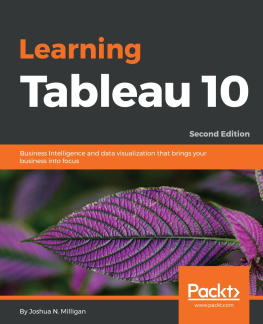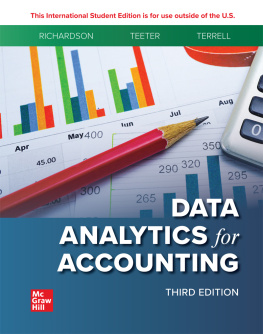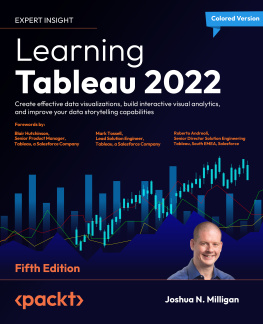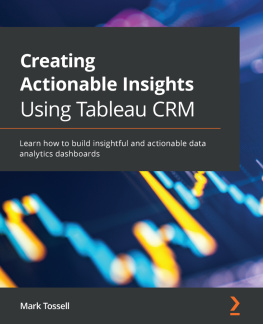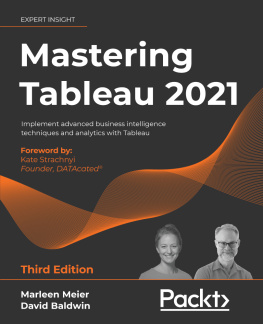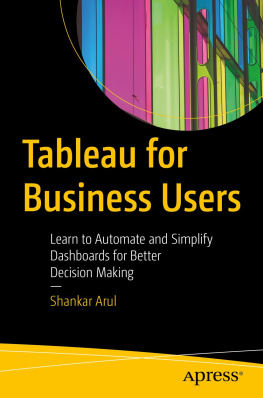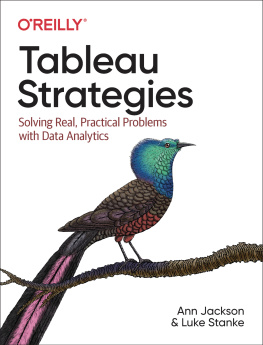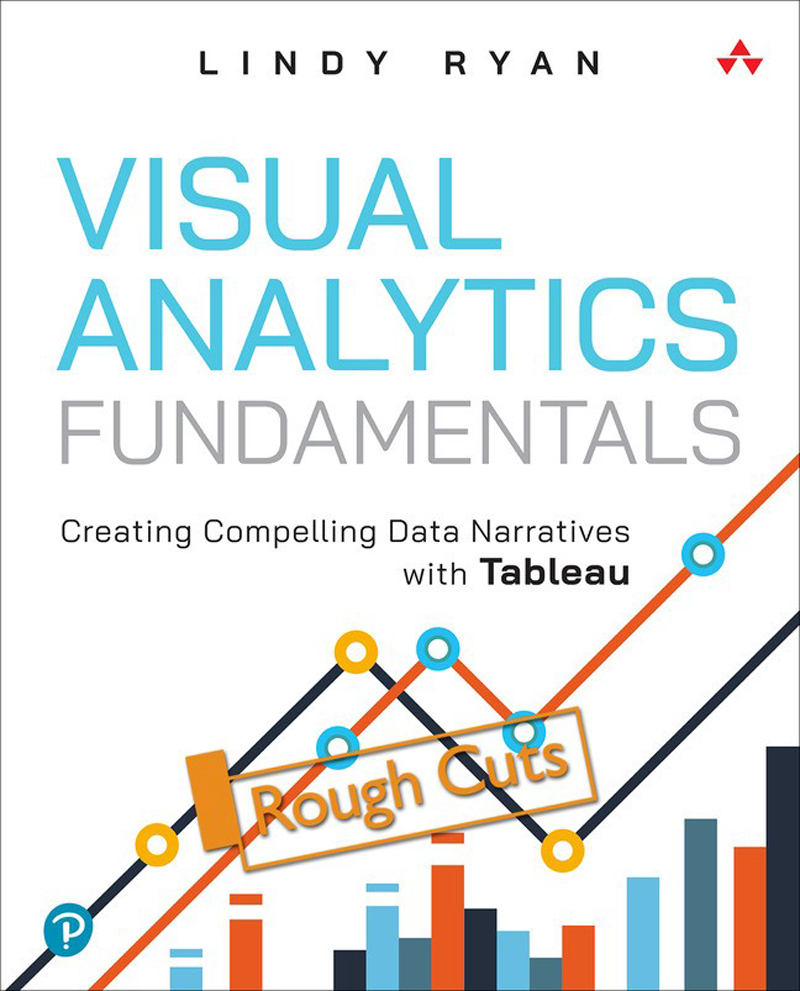Many of the designations used by manufacturers and sellers to distinguish their products are claimed as trademarks. Where those designations appear in this book, and the publisher was aware of a trademark claim, the designations have been printed with initial capital letters or in all capitals.
The author and publisher have taken care in the preparation of this book, but make no expressed or implied warranty of any kind and assume no responsibility for errors or omissions. No liability is assumed for incidental or consequential damages in connection with or arising out of the use of the information or programs contained herein.
For information about buying this title in bulk quantities, or for special sales opportunities (which may include electronic versions; custom cover designs; and content particular to your business, training goals, marketing focus, or branding interests), please contact our corporate sales department at or (800) 382-3419.
For government sales inquiries, please contact .
For questions about sales outside the U.S., please contact .
Copyright 2024 Pearson Education, Inc.
All rights reserved. This publication is protected by copyright, and permission must be obtained from the publisher prior to any prohibited reproduction, storage in a retrieval system, or transmission in any form or by any means, electronic, mechanical, photocopying, recording, or likewise. For information regarding permissions, request forms and the appropriate contacts within the Pearson Education Global Rights & Permissions Department, please visit www.pearson.com/permissions.
Pearsons Commitment to Diversity, Equity, and Inclusion
Pearson is dedicated to creating bias-free content that reflects the diversity of all learners. We embrace the many dimensions of diversity, including but not limited to race, ethnicity, gender, socioeconomic status, ability, age, sexual orientation, and religious or political beliefs.
Education is a powerful force for equity and change in our world. It has the potential to deliver opportunities that improve lives and enable economic mobility. As we work with authors to create content for every product and service, we acknowledge our responsibility to demonstrate inclusivity and incorporate diverse scholarship so that everyone can achieve their potential through learning. As the worlds leading learning company, we have a duty to help drive change and live up to our purpose to help more people create a better life for themselves and to create a better world.
Our ambition is to purposefully contribute to a world where
Everyone has an equitable and lifelong opportunity to succeed through learning.
Our educational products and services are inclusive and represent the rich diversity of learners.
Our educational content accurately reflects the histories and experiences of the learners we serve.
Our educational content prompts deeper discussions with learners and motivates them to expand their own learning (and worldview).
While we work hard to present unbiased content, we want to hear from you about any concerns or needs with this Pearson product so that we can investigate and address them.
Please contact us with concerns about any potential bias at https://www.pearson.com/report-bias.xhtml.
Table of Contents
Preface
For as long as I can remember, I have always been fascinated by the power of a good story.
Like taste buds, our taste for stories evolves over time, both in terms of format and content. Our appetite changes alongside age, experiences, and interests, yet still the desire for a good story persists. We crave stories; its part of our design. Humans are intrinsically hungry for a good story. They entertain us, educate us, and provide mechanisms to transmit knowledge, information, and experiences. Were rather indiscriminate about how we receive stories, too. In fact, according to scientific evidence, we might even prefer stories that move us and touch our senses.
So it is with data stories. As we learn to communicate the results of our analysisthe hidden secrets carefully plucked from within the rows and columns of our data and curated into insightwe mature from being okay with being told something to wanting to see it for ourselves and, eventually, to wanting to interact with it. We need more information, more context, more action, more substance. This is where visual analytics and visual data storytelling can help.
Today, visual analytics and data storytelling are reshaping how we see, interpret, and communicate data insights. Students from grade school to graduate school are working hands-on with data and changing the way they learn about and communicate about information. Business analysts, managers, and executives are moving away from static, statistic-laden reports and toward interactive, visual data dashboards. Journalists and news editors are using data storyboards and engaging, often interactive, infographics to share information with society-at-large.
Visual analytics helps us visually explore and uncover insights in our data. Data visualization provides a way to showcase our findings by harnessing our brains visual processing horsepower. Data storytelling gives us a very human way to communicate. This approach pushes beyond the boundaries of simply analyzing information to providing the capacity to communicate it in ways that leave a meaningful, lasting impact.
Together, these converge into what Ive termed the visual imperative, a paradigm shift that has radically reshaped how we work with and seek to understand our data, big and small. This visual imperative is reforming our expectations of information, changing the question from what can we do with our data to what can our data do for us. Its making its mark on every aspect of a progressively data-driven culture, too. From traditional business intelligence and data discovery to the personal analytics on our smart devices to how creators use data to cook up our new favorite television shows, we are becoming more data-dependent and data-drivenand were doing it visually.
While visual analytics and data storytelling leverages some of our innate human communication and knowledge-sharing capabilities, it isnt always an intuitive and obvious process. It takes work, it takes understanding, and it takes a lot of practice. This book is a steppingstone in your journey to becoming a visual analyst, providing the fundamental knowledge and hands-on training needed to help you take your first steps as a visual data storyteller.
Three Core Takeaways
This book focuses on giving you the foundational knowledge, contextualized learning, and hands-on skills you need to be successful in leveraging the power of visual analytics in data visualization and data stories. The goal is not to inundate you with academic lessons in the science of data visualization or story composition, nor to provide a full-scale training experience on any software or technical application, but to provide guidance as you build the necessary skills to visually analyze and represent your datas insights. Therefore, this book concentrates on helping you learn how to organize your data and structure analysis with stories in mind; to embrace exploration and the visual discovery process; and to articulate your findings with rich data, purposefully curated visualizations, and skillfully crafted narrative frameworks. Ultimately, these presentations can help you to deliver your business message while satisfying the needs of your audience. By the time youve reached the end of the text the expectation is that you will have earned the three core takeaways represented in .


